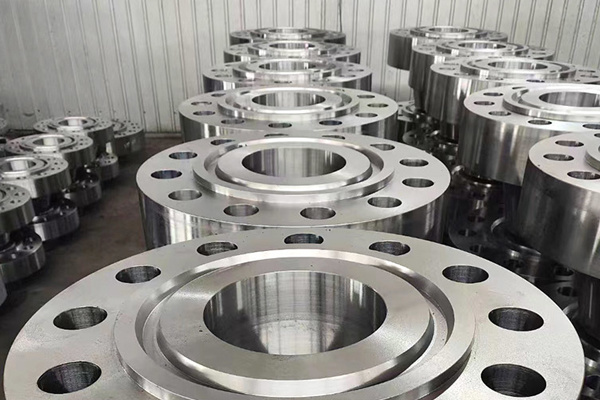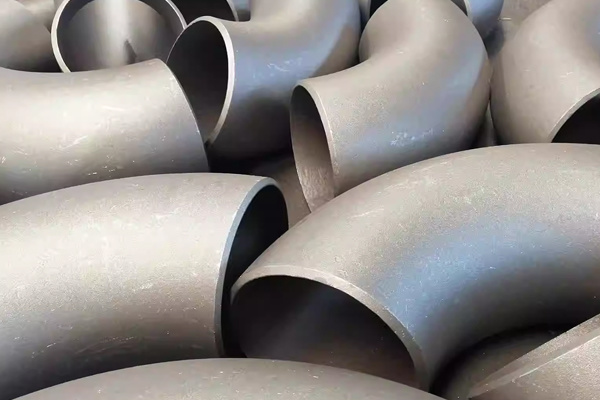Exploring the Benefits of Rubber Soft Joints in Modern Industries
2025-08-17
Rubber Soft Joint
The Unsung Hero: Rubber Soft Joints
When we think about the backbone of modern industries, we often picture massive machines, intricate systems, and innovative technologies. But let me tell you, there's an unsung hero lurking in the shadows: the Rubber Soft Joint. This little marvel plays a pivotal role in ensuring seamless operations across various sectors. You might be wondering, what's the big deal? Well, let's dive in!
What Exactly is a Rubber Soft Joint?
In layman's terms, a Rubber Soft Joint is a flexible connector used in piping systems. It's designed to absorb vibrations and accommodate movement between connected pipes. Think of it as a cushion that allows different parts to move without causing damage. This is crucial in industries where equipment is constantly in motion, like construction, manufacturing, and even marine applications.
Why Use Rubber Soft Joints?
Now, you might ask, why not just use rigid connectors? Well, that's where the beauty of Rubber Soft Joints comes in!
- Flexibility: These joints can handle thermal expansion and contraction like a pro, allowing for smooth operation in varying temperatures.
- Vibration Dampening: They significantly reduce noise and vibrations, leading to quieter and more efficient machinery.
- Corrosion Resistance: Made from durable materials, Rubber Soft Joints resist the wear and tear caused by harsh chemicals and environments.
Applications Galore!
Okay, so where do we see these rubber wonders in action? Buckle up, because the list is long!
- Water Treatment Plants: They ensure smooth flow and prevent leaks, making water management a breeze.
- HVAC Systems: These joints help in maintaining airflow and reducing noise in heating and cooling systems.
- Automotive Industry: From engines to exhaust systems, Rubber Soft Joints are everywhere, keeping vehicles running smoothly.
Choosing the Right Rubber Soft Joint
Not all Rubber Soft Joints are created equal! When selecting the right one for your needs, consider the following:
- Material: The type of rubber used can impact durability. Look for high-quality elastomers that can withstand your operational conditions.
- Size and Fit: Ensure that you choose the correct size to avoid leaks or excessive wear.
- Temperature Range: Make sure the joint can handle the temperature fluctuations in your industry.
The Future of Rubber Soft Joints
As technology advances, so does the innovation in Rubber Soft Joints. With the rise of smart manufacturing and IoT, we can expect even more sophisticated solutions that enhance performance and reliability. Imagine a world where these joints are equipped with sensors, monitoring their condition in real-time and alerting you before issues arise! Sounds futuristic, right?
Final Thoughts
In a nutshell, the Rubber Soft Joint is a crucial component that enhances the efficiency and longevity of various industrial systems. Whether you're in construction, automotive, or any other sector, these joints offer flexibility, durability, and reliability like no other. So, the next time you hear the term, give a nod to this unsung hero of the industry!
Key words:
RELATED INFORMATION
API 6A TYPE 6BX flanges and blinds in ANSI/API Spec 6A specification
2024-05-22
The Essential Guide to Carbon Steel Plate Flanges in Construction and Decoration
2024-05-22
Discover the Advantages of 45° Long Radius Elbows in Construction Projects
2024-05-22












